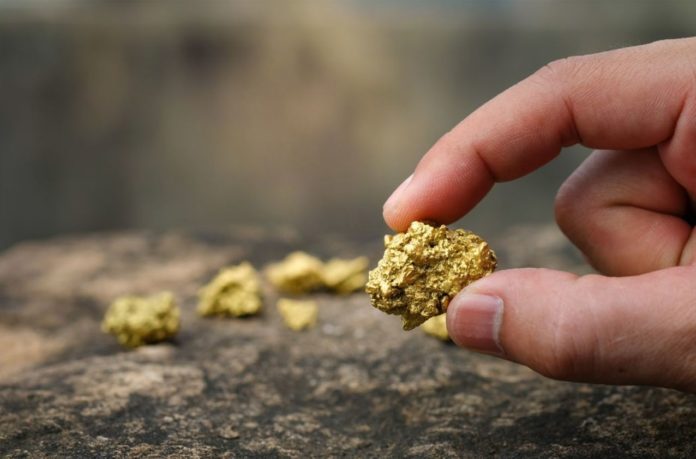The findings, published in the journal Monthly Notices of the Royal Astronomical Society, unravel the mystery of heavy elements like gold and uranium come from.
All heavy metals on Earth today were produced in astrophysical environments under harsh conditions: inside stars, stellar explosions, and neutron star collisions.
The question of which of these cosmic events has the right conditions for the synthesis of the heaviest metals, such as gold or uranium, has piqued researchers’ interest.
Many heavy elements can be created and expelled in these cosmic collisions, according to the dramatic first discovery of gravitational waves and electromagnetic radiation arising from a neutron star merger in 2017.
The question of when and why the material is ejected, as well as if there are alternative scenarios in which heavy elements can be created, remains unanswered.
Black holes orbited by a dense and hot accretion disk are promising candidates for heavy element production. Such a system can emerge as a result of the merging of two enormous neutron stars or as a result of the collapse and subsequent explosion of a revolving star, known as a collapsar.
The internal composition of such accretion disks has remained a mystery, particularly in terms of the conditions that lead to the formation of an excess of neutrons. The rapid neutron-capture process, also known as the r-process, requires a large number of neutrons to synthesize heavy elements. Neutrinos, which are nearly massless, play a crucial role in this process by allowing protons and neutrons to be converted.
In the current study, scientists used elaborate computer simulations to analyze the conversion rates of neutrons and protons for a wide variety of disk configurations for the first time, and they discovered that the disks are particularly rich in neutrons as long as specific requirements are met.
According to the authors of the study, the entire mass of the disk is the main deciding factor. The more massive the disk, the more frequently neutrons are generated from protons by electron capture and neutrino emission, and are available for heavy element synthesis via the r-process. However, if the disk’s mass is too large, the inverse reaction becomes more active, and more neutrinos are trapped by neutrons before they leave the disk. These neutrons are then transformed back to protons, causing the r-process to be hampered.
According to the findings, the ideal disk mass for prolific heavy element production is between 0.01 and 0.1 solar masses. The findings provide strong evidence that neutron star mergers that produce accretion disks with these exact masses could be the source of a major fraction of the heavy elements. However, it is currently unknown if and how frequently such accretion disks arise in collapsar systems.
In addition to investigating possible mass ejection processes, the research team led by Dr. Andreas Bauswein is also looking into the light signals produced by the ejected matter, which will be used to infer the mass and composition of the ejected matter in future observations of colliding neutron stars. Accurate knowledge of the masses and other properties of freshly produced elements is a crucial building component for appropriately reading these light signals.
“These data are currently insufficient. But with the next generation of accelerators, such as FAIR, it will be possible to measure them with unprecedented accuracy in the future. The well-coordinated interplay of theoretical models, experiments, and astronomical observations will enable us researchers in the coming years to test neutron star mergers as the origin of the r-process elements,” says Dr. Bauswein.
Image Credit: iStock
You were reading: What filling the universe with gold… new study explains
